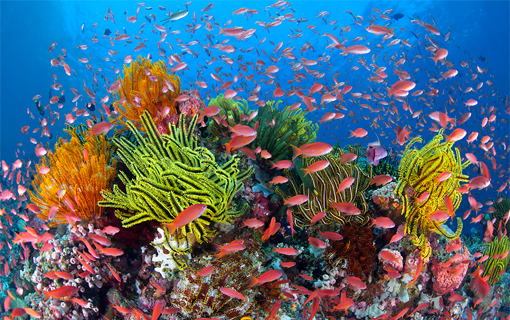
In January this year when David Spratt took a look at whether tipping points had already been passed for critical climate systems he found that coral reefs were in death spiral. From reef ecology scientists:
-
“The time between recurrent events is increasingly too short to allow a full recovery of mature coral assemblages, which generally takes from 10 to 15 years for the fastest growing species and far longer for the full complement of life histories and morphologies of older assemblages.”
Mass bleaching occurred in 1998, 2002, 2016, 2017 and 2020. Continue reading Farewelling the Great Barrier Reef


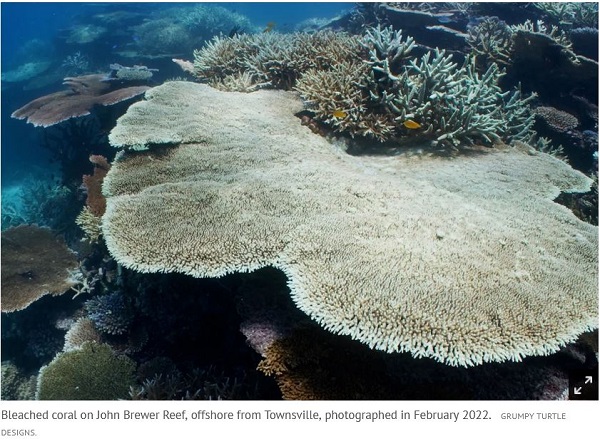
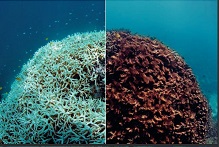
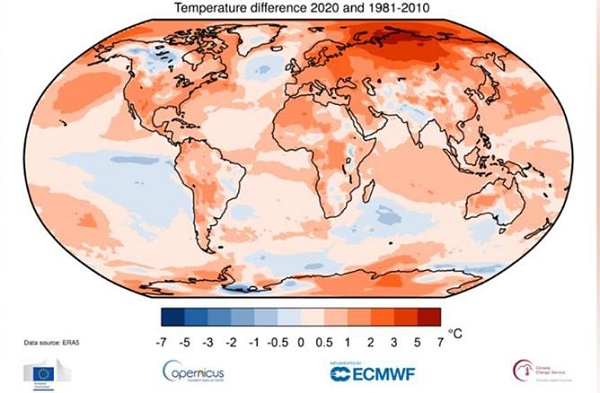
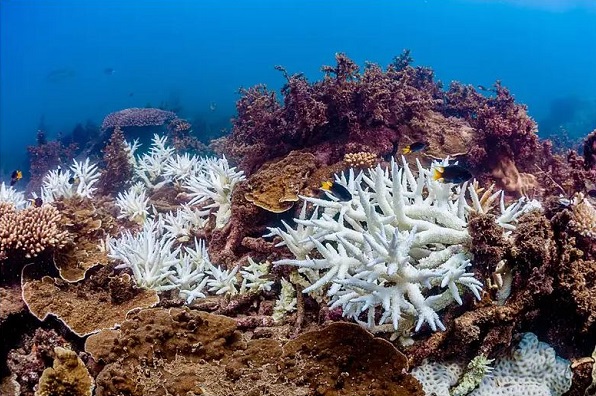
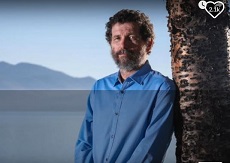
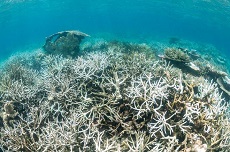

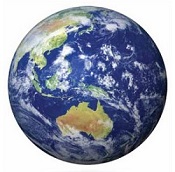
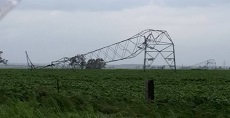 On September 28 we had the first anniversary of the dirty big storm the brought down the power pylons in South Australia causing a state-wide blackout, as the Heywood interconnector exceeded capacity and tripped.
On September 28 we had the first anniversary of the dirty big storm the brought down the power pylons in South Australia causing a state-wide blackout, as the Heywood interconnector exceeded capacity and tripped. Back on 17 March, 2017 Joshua Robertson’s article in the Guardian
Back on 17 March, 2017 Joshua Robertson’s article in the Guardian